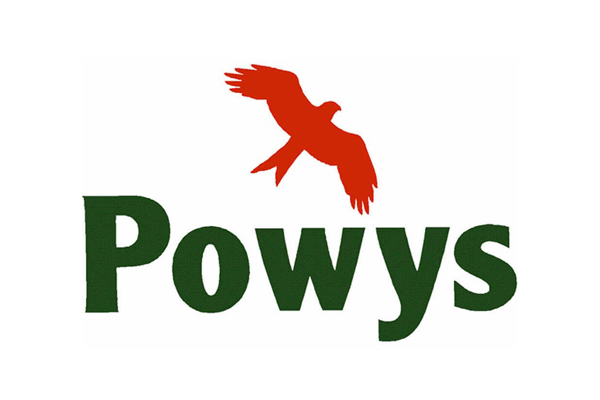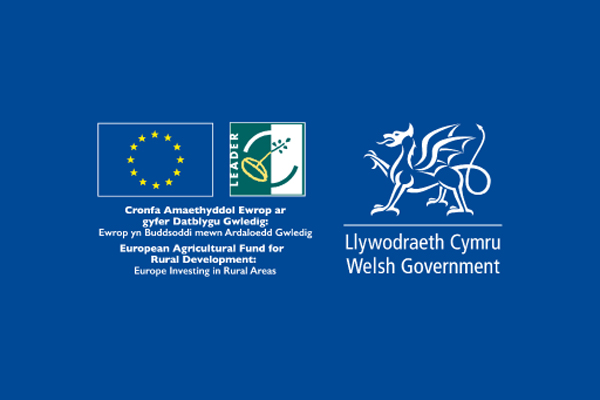
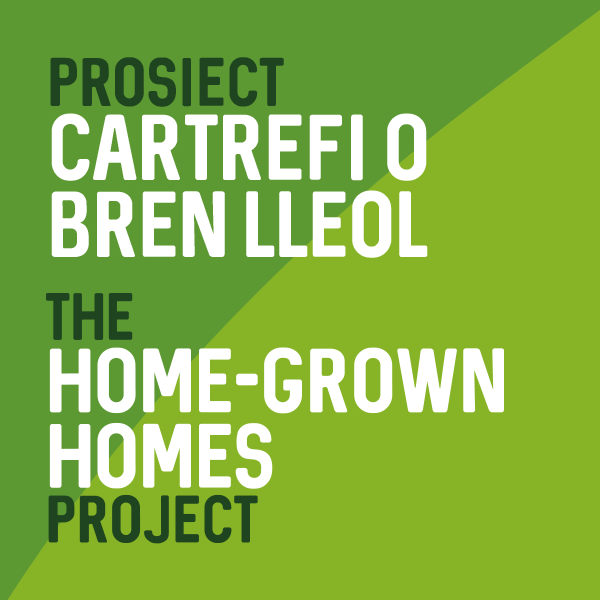
CARTREFI O BREN LLEOL/ GWYBODAETH AM Y PROSIECT
Gwybodaeth am y Prosiect
Mae gan Gymru’r potensial i ddod yn genedl o goedwigoedd gwerth uchel. Gallai creu cartrefi newydd fforddiadwy, uchel eu perfformiad o gadwyni cyflenwi coed yng Nghymru helpu i ddatrys yr argyfwng tai, creu mwy o swyddi a gwell swyddi yn nes gartref, gwella gwydnwch cymunedau a lliniaru newid yn yr hinsawdd.
Lansiwyd y prosiect er mwyn edrych ar amrediad o ddewisiadau ar gyfer newid drwy gadwyn gyflenwi ar gyfer adeiladu â choed o’r goedwig i’r cartref. Ei nod oedd gwella’r achos busnes ar gyfer adeiladu â choed mewn ffordd sy’n mwyhau gwerth economaidd, gwerth amgylcheddol a gwerth cymdeithasol i Gymru. Er mwyn cyflawni hyn, roedd yn manteisio ar gydweithrediad unigryw Cymru gyfan rhwng darparwyr tai fforddiadwy a’r sector diwydiannau coedwigoedd yng Nghymru.
Hyd: Ebrill 2018 – Rhagfyr 2020
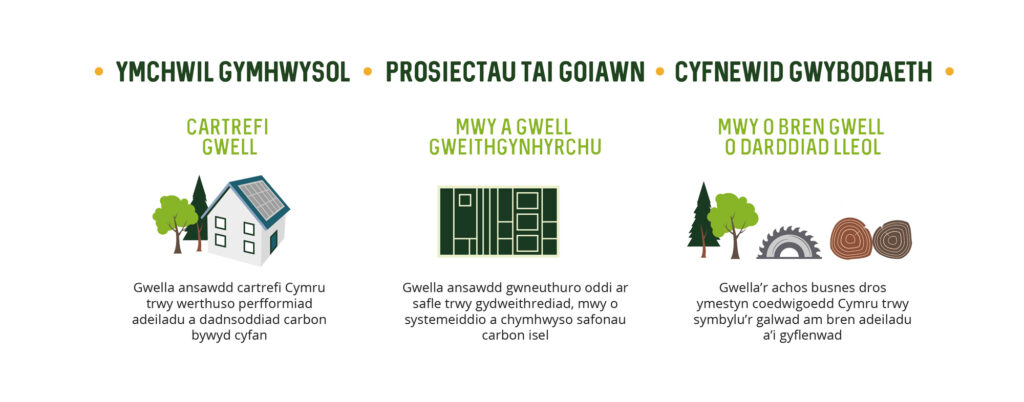
Tîm y Prosiect
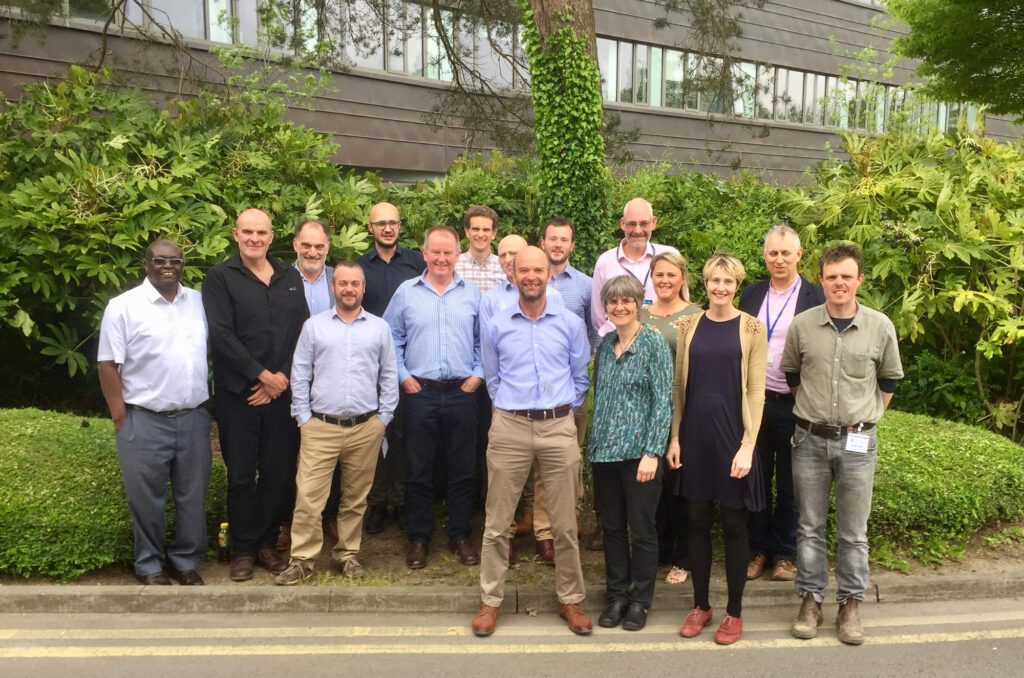

Rheoli’r Prosiect, enghreifftiau o brosiectau, atebion adeiladu carbon sero, rhaglen hyfforddiant, digwyddiadau a chyfathrebu (pecynnau gwaith 1, 2, 6, 7).
Robin Aldridge, Dainis Dauksta, Martin Davies, Eilidh Forster, David Hedges, Christiane Lellig, Ceri Loxton, James Moxey, Gary Newman, Francesco Zaccaro

Mesur perfformiad yr adeilad – datblygu’r achos busnes ar gyfer adeiladwaith o bren.
Carolyn Hayles, George Karani, John Littlewood, Diana Waldron, Tony Whyman

Gweithgynhyrchu pren – gwella perfformiad tai o bren sy’n cael eu gweithgynhyrchu oddi ar y safle.
Gavin Fidler, Robin Lancashire, Adam Moring, Lewis Taylor

Coedwigaeth a phren – datblygu’r achos busnes ar gyfer plannu a rheoli coed yng Nghymru. (work package 5).
Gareth Davies, Graham Hilton, Dylan Jones
Ymgynghorwyr annibynnol
Julie Godefroy, Julie Godefroy Sustainability; Susie Diamond, Inkling; Jane Anderson, ConstructionLCA; Katherine Adams, Simon Corbey, ASBP; Julian Brooks, Good Homes Alliance; Prof. Fionn Stevenson, Sheffield University; Rajat Gupta, Oxford Brookes University; Richard Jack, Luke Smith, Build Test Solutions; Zachary Gill, Soap Retrofit; Bruce Arnold, Ray Faulkner, iRed; Miles Thomas, Hazelvale; Robert Thomas, Hiraeth Architecture (formerly R+M Studios); Beth Williams, Build Collective; Kasper Maciej, Toby Cambray, Greengauge; Peter Wilson, Timber Design Initiatives.
Llywodraethiant a Chyllid
Darparwyd mewnbwn ac archwiliad yn chwarterol gan y Pwyllgor Llywio gyda chynrychiolwyr o Tai Cymunedol Cymru, CLlLC, Cyngor Sir Powys, Cyfoeth Naturiol Cymru a Llywodraeth Cymru. Cyllidwyd y prosiect hwn drwy Cymunedau Gwledig Llywodraeth Cymru – Rhaglen Datblygu Gwledig Cymru 2014-2020, a ariennir gan Lywodraeth Cymru a’r Gronfa Amaethyddol Ewrop ar gyfer Datblygu Gwledig.
Allbynnau’r Prosiect
Cynhyrchwyd amrywiaeth gyfoethog o allbynnau gan y Prosiect Cartrefi a Dyfwyd Gartref. Crynhoir y canfyddiadau a’r argymhellion allweddol yn yr ▸▸ adroddiad terfynol. Yn ychwanegol, datblygwyd offer a chanllawiau ymarferol ar gyfer datblygwyr tai cymdeithasol, penseiri a pheirianwyr, gweithgynhyrchwyr fframiau coed a phroseswyr coed, rheolwyr coedwigoedd a thirfeddianwyr. Gellir gweld rhestr lawn o allbynnau’r prosiect isod.
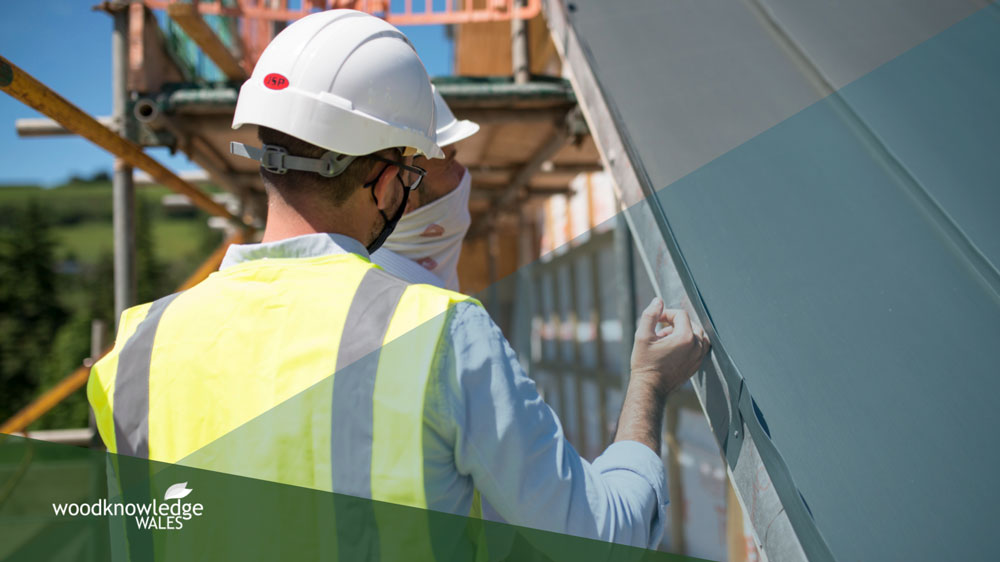
Learning to build better homes
Since the formal end of the Home-Grown Homes Project in March we’ve been applying the learning from it with social landlords. We’re moving from research into implementation – inviting social landlords to identify projects we could support them on. We have also…

Reality bites: confronting our progress and set-backs—An update on the Welsh Timber Windows project
It all sounded so straight forward: Bring some interested joinery businesses together, agree a joint window specification based on the type of windows they currently manufacture to PAS24 standard, define protocols and processes, then get certification. Done. From…
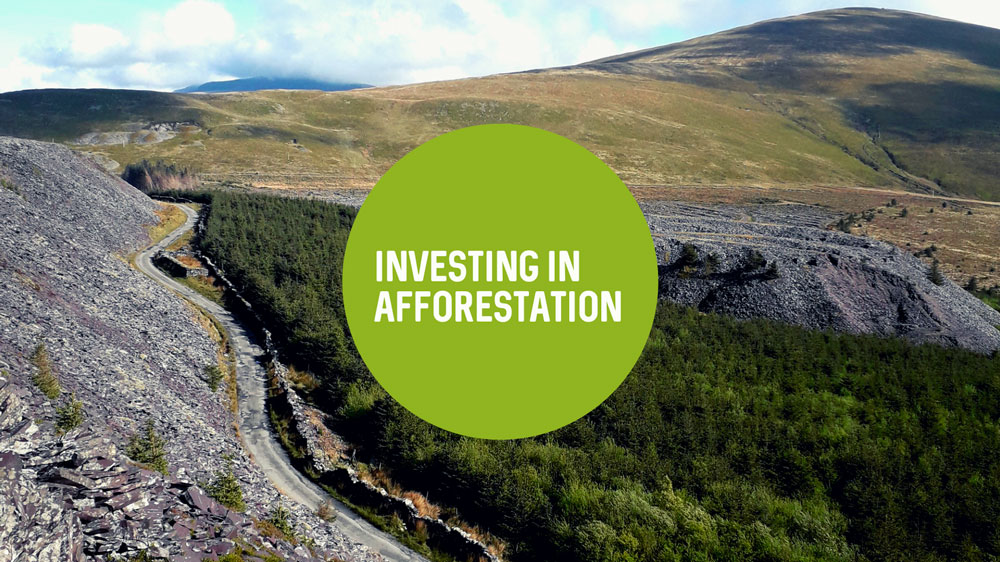
Investing in Afforestation—Economic aspects of woodland creation for timber production | Briefing Papers
The decision to invest in an afforestation project with the primary aim of producing timber may involve many personal and environmental factors alongside financial considerations. Adoption of a forestry enterprise within a farming unit represents a change in land…
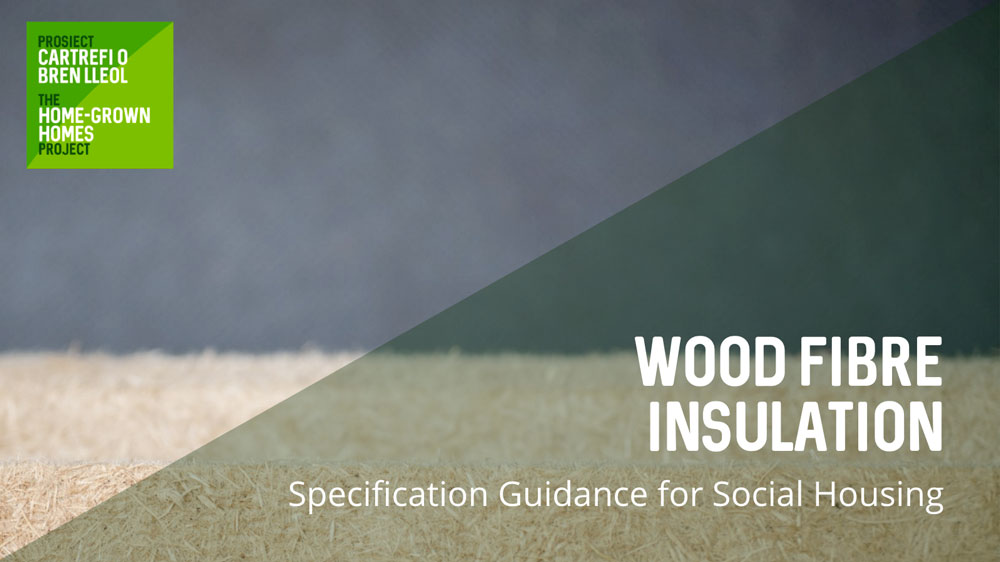
Wood Fibre Insulation – Specification Guidance
A building’s thermal performance is now as important an aspect of the building’s design and construction as its structure. Energy prices and climate change are often cited as the principal reasons for the increased energy and CO2 reduction standards required of our built environment. Less known is the fact that insulation can also play a major role in our health, safety, comfort and wellbeing.

Zero Carbon Homes—Zero Carbon Timber Solutions for Wales
What is the zero carbon timber housing solution for Wales? This document proposes a range of timber build solutions. Results are based on the analysis of an appropriate and future proofed definition for ‘zero carbon’, followed by design and calculation to develop…

5 Essential Strategies for an Emerging Forest Nation
Wales is not a forest nation. Wales is a sheep, beef and dairy nation. Wales is a steel nation. Like many nations, Wales is the economic country it is, not by political design but largely because of historical accident. And there has never been a better time or…
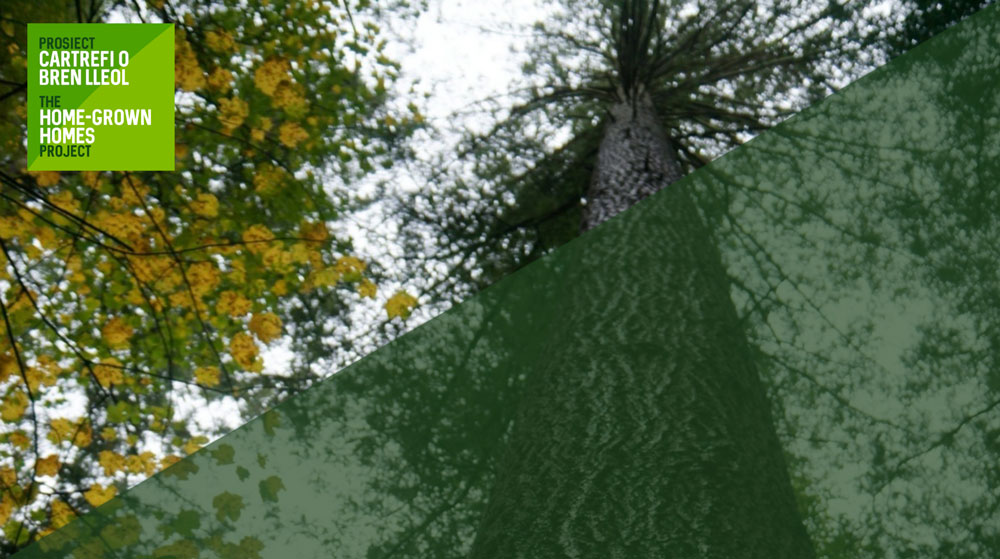
The role of our own conifer forests for building a sustainable society in Wales
Despite wide recognition of their value, plantation forests are critically misunderstood and undervalued in Wales. Plantation forests comprise around 7% of the planet’s forest area whilst sustainably supplying over 50% of industrial roundwood. This report looks at…

Wooden Windows-Specification guidance for timber windows
Windows provide an outlook on the world. They help set the tone and character for a building and the area in which it stands. Windows define natural lighting levels and thermal comfort essential for the wellbeing of residents. They offer sound protection and keep…

More and Better Home-Grown Timber—The role for a consolidator
What might a business plan for the supply of home-grown timber to the Welsh housing sector look like, if it is to be closely integrated with the ownership and management of the timber resource in Wales? Additional capacity in the sector has been identified in three…
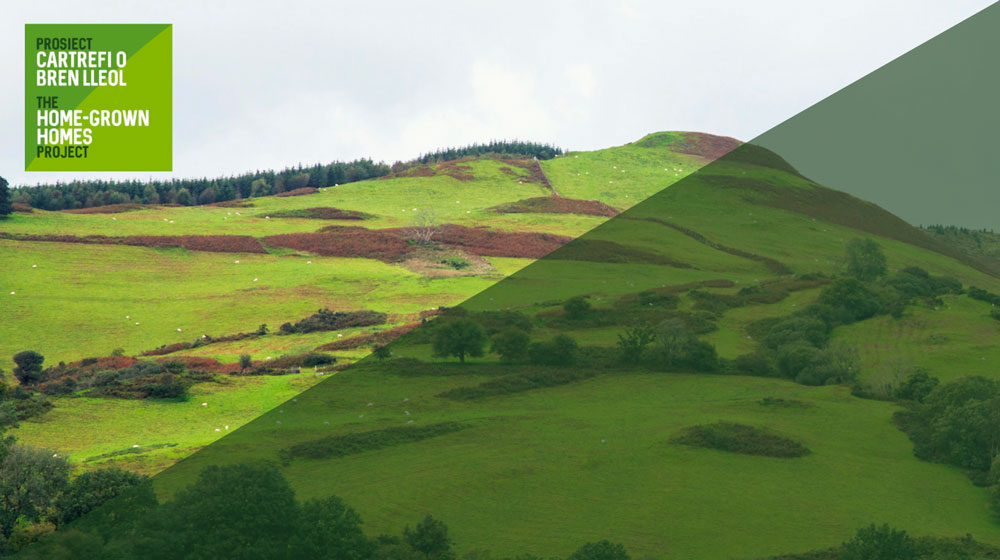
More and Better Home-Grown Timber—The financial case for existing landowners to plant woodland
From the TV presenters of Countryfile to the ever-escalating claims of political parties in the last UK elections, it seems everyone wants to plant more trees. Reasons vary from carbon capture, amenity, and biodiversity to production of usable timber, as do levels…
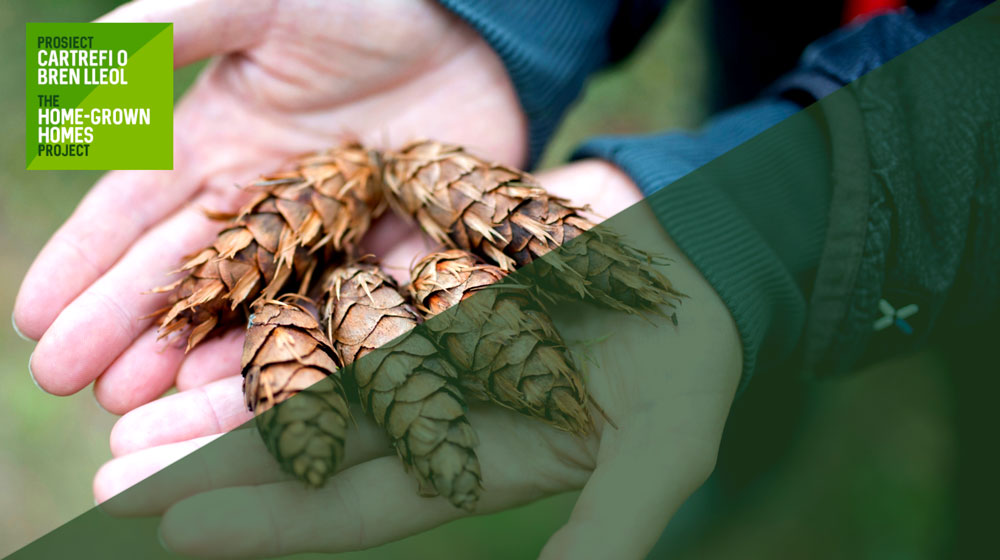
Home-Grown Homes Project—A study for improving the Timber Construction Supply Industry in Wales
The purpose of the Home-Grown Homes project has been to identify and test out interventions that could have a transformative impact on the Welsh timber construction supply chain and on the delivery of low carbon social housing in Wales. Housing, timber…

Building Performance Evaluation Guide
New homes often fail to meet low-energy targets, and to satisfy residents with fundamental issues such as ease of use, summer comfort and energy costs. There is little Building Performance Evaluation (BPE) happening routinely on projects to close the performance…
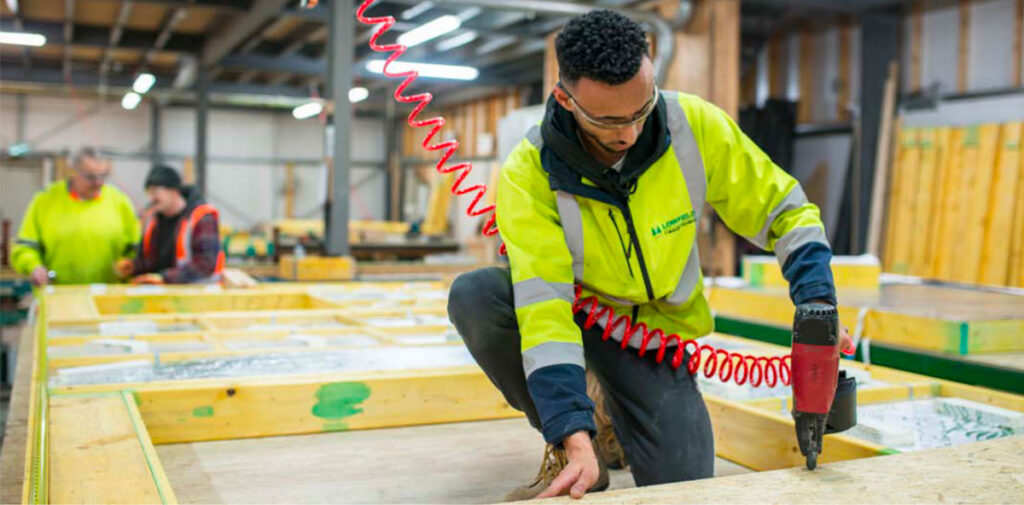
Serious About Green?—Building a Welsh wood economy through co-ordination
Why would it be beneficial for Welsh society to build a wood economy? The ‘Serious about Green?’ report takes a closer look and analyses the economic and social parameters. The report is authored by the team at Foundational Economy Research, led by Karel Williams….
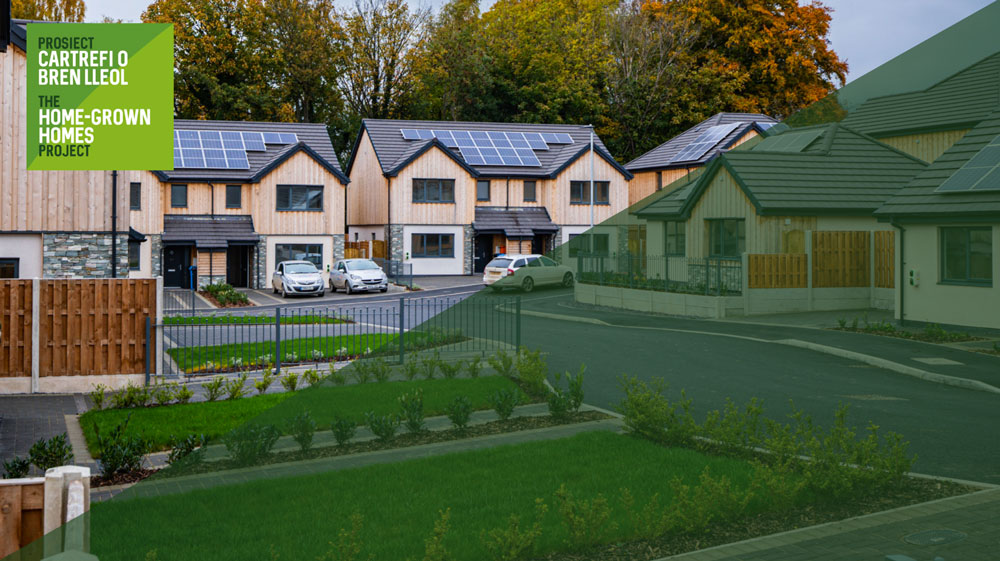
Carbon Storage Contract
The future building stock is the most effective and most immediate opportunity for carbon reduction and long-term carbon storage. By creating a new economic model for monetising the carbon reduction and storage capacity of the future building stock, the use and…

Capturing Carbon: Investing in Woodlands—An Options Analysis for Welsh Housing Associations
New woodland creation is one of the most cost-effective ways of reducing carbon emissions and offsetting our nation’s carbon footprint. The combination of an undersupply of our own timber in Wales and the ambitions of Wales and the Welsh Government to create new…
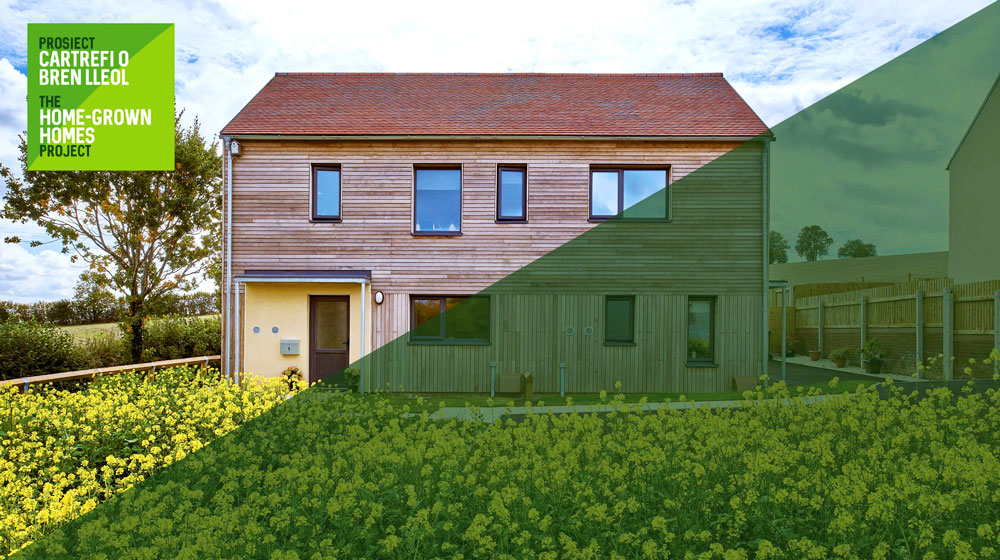
Timber Cladding—Specification Guidance for Social Housing
Timber cladding has become increasingly popular, mainly for its sustainability credentials and low environmental impact: It has a low carbon footprint as it requires less energy to produce than any other construction material and helps lock carbon into the building…
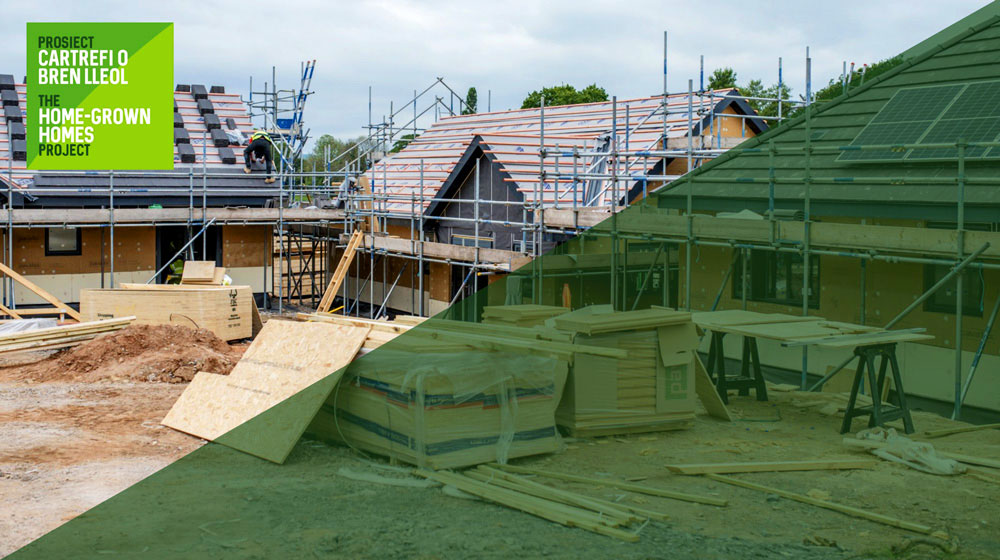
Making the Right Choices—A Guide to Improving the Build Quality of New Build Timber Frame Social Housing
Making the right decisions for the benefit of a building’s long term performance and user experience can be compromised by cost, lack of experience, and poor understanding of timber frame construction. This guide aims to highlight some of the key points to consider…

Embodied Carbon – the key questions
How to reduce embodied carbon in social housing developments? This article highlights key questions and answers for strategic leadership teams.

Embodied Carbon Guidance for Welsh Social Housing Developers, their design teams, contractors and suppliers
This guidance has been written for those wanting to both increase their knowledge of Embodied Carbon in the housing sector and to understand how to reduce it.
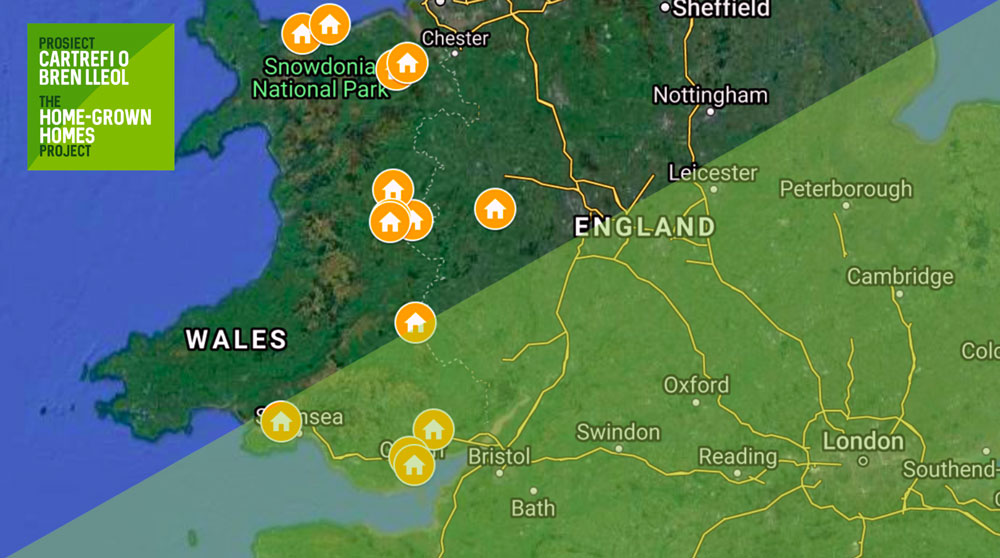
Google Map highlights exemplar timber housing projects in Wales
Find exemplar timber housing projects we have worked with over the past few years. Explore information on construction, innovative products, use of home-grown timber and Welsh manufacturing, carbon impact and building performance.

Net-Zero targets for Wales
Building on the work of the UKGBC and LETI, the Home-Grown Homes Project have developed a graphical net-zero guide with a set of targets & principles that we believe are achievable within a Welsh context. The guide is aimed at helping developers, designers and…


